The Best of the Netherlands Travel Guide 2025: Canals, Windmills, Cheese & More
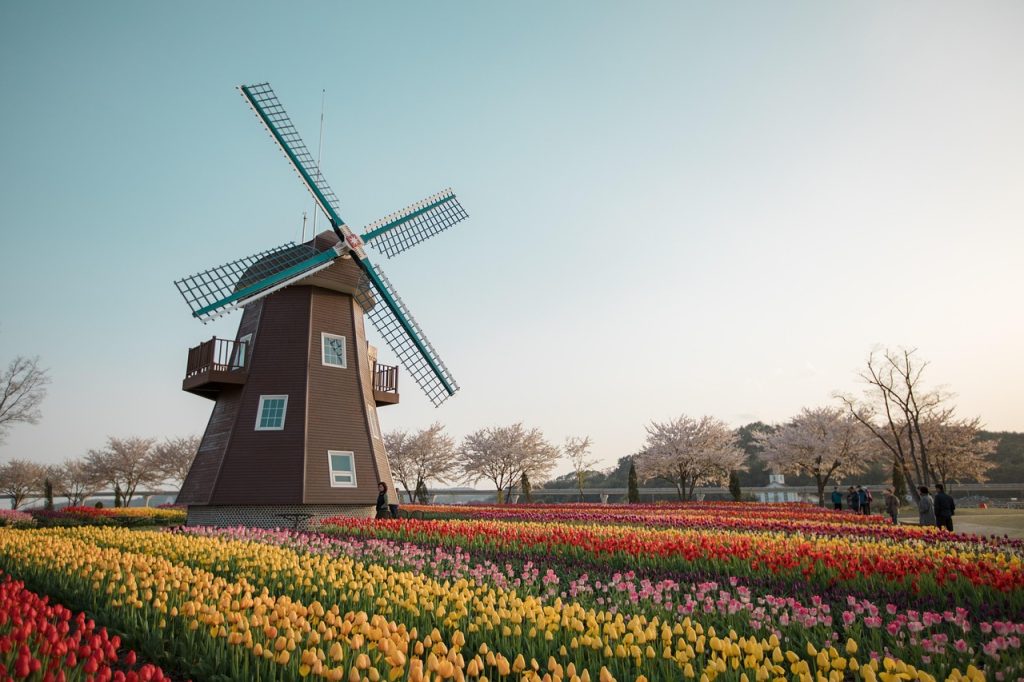
Planning trip to the Netherlands? The Netherlands isn’t just a place I visit—it truly feels like home. This guide is born from my repeated trips and deep affection for this country. From my favorite canal rides and historic windmills to the vibrant tulip fields and the cheese markets I love to browse, this guide has everything I think you need: what to see, when I love to go, how I prefer to get around, and the hidden gems beyond the well-trodden path. Whether you’re seeking the classic highlights or genuine, local experiences, your Netherlands adventure starts right here with my personal recommendations.
A Country Born of Water and Wind
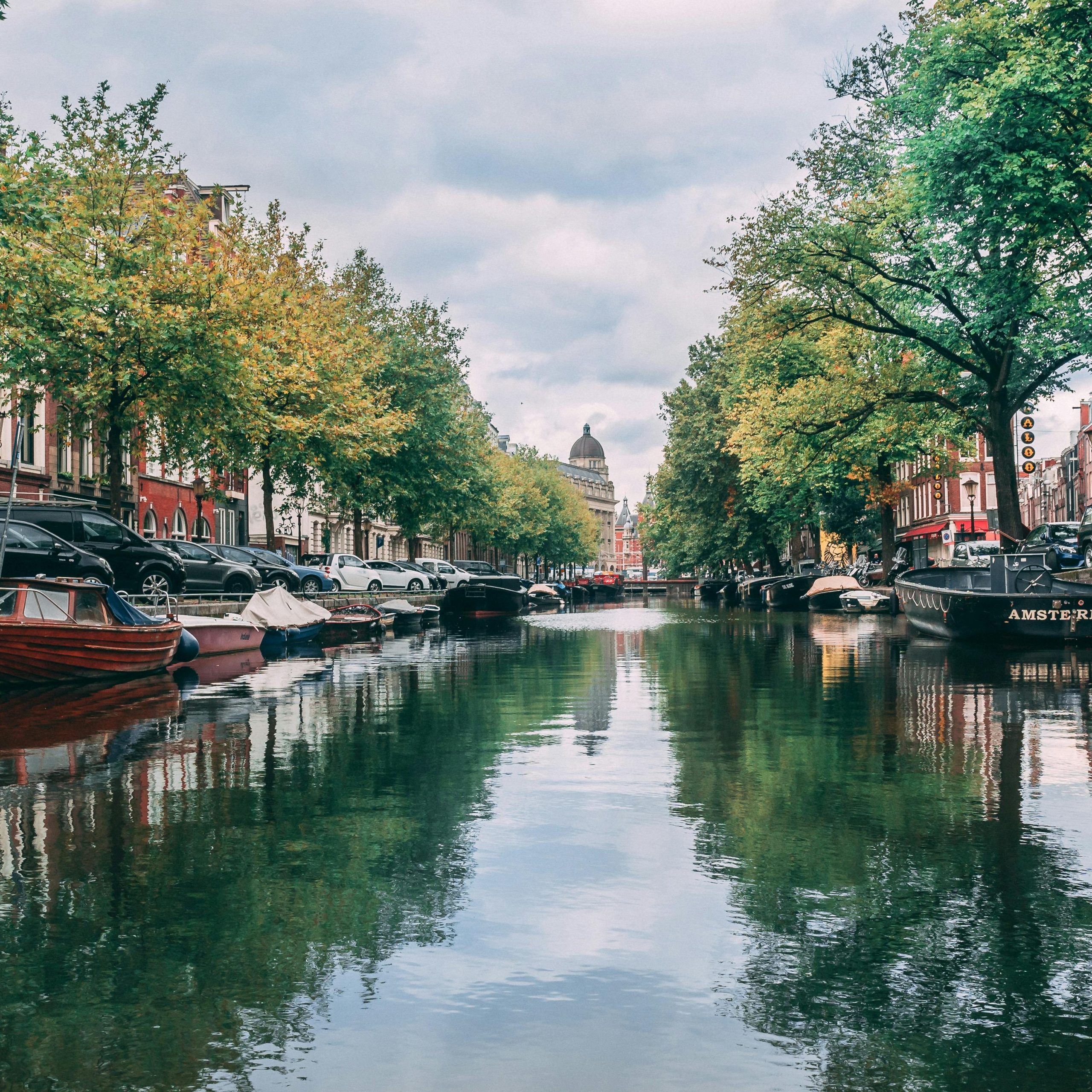
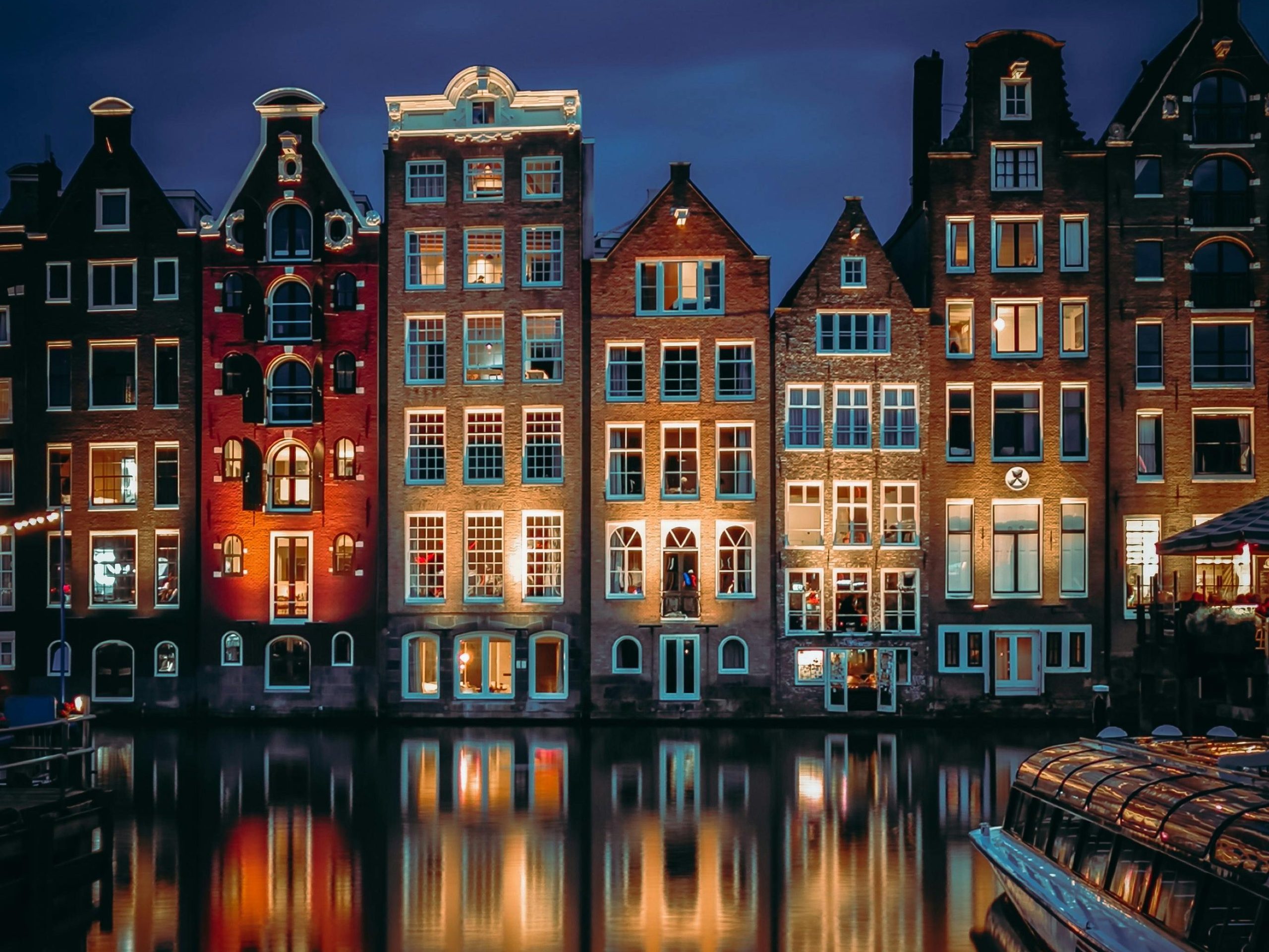
The Netherlands, or just “Holland” as I often still call it (even though I know that only refers to two provinces!), has always existed in intimate dialogue with water. Roughly one third of the land lies below sea level, and for centuries water has been managed not just with dikes and sea walls but via canals and windmills. These features aren’t just iconic; they are the essential elements of my second home.
In Amsterdam, the historic canal houses reflect on calm waterways I love to stroll along. In smaller towns, here and there, the windmills still spin, their sails marking the hours. It is a landscape where nature and human ingenuity have long been inseparable, shaping both the scenery and the rhythm of the daily life I’ve grown accustomed to.
Windmills: Guardians of the Land
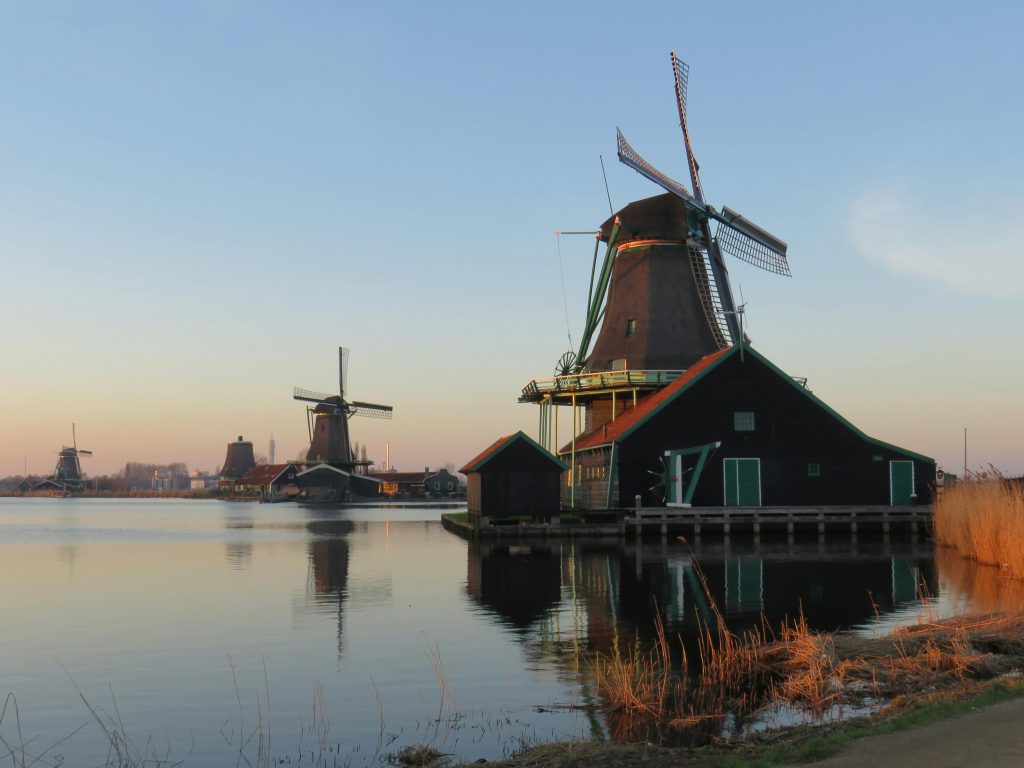
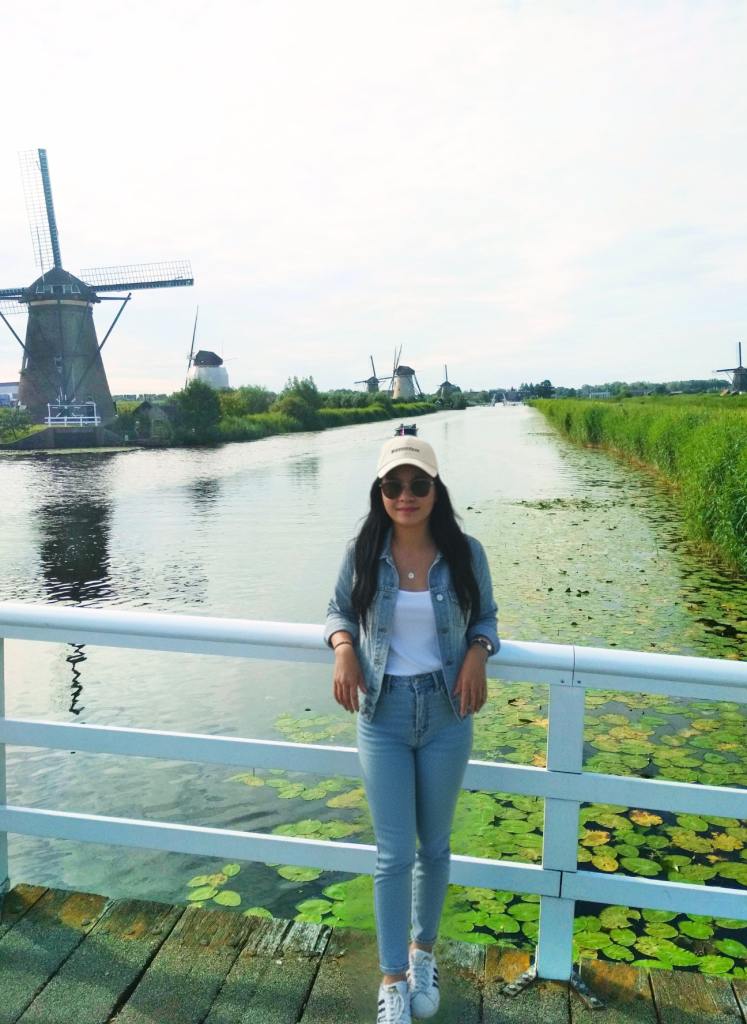
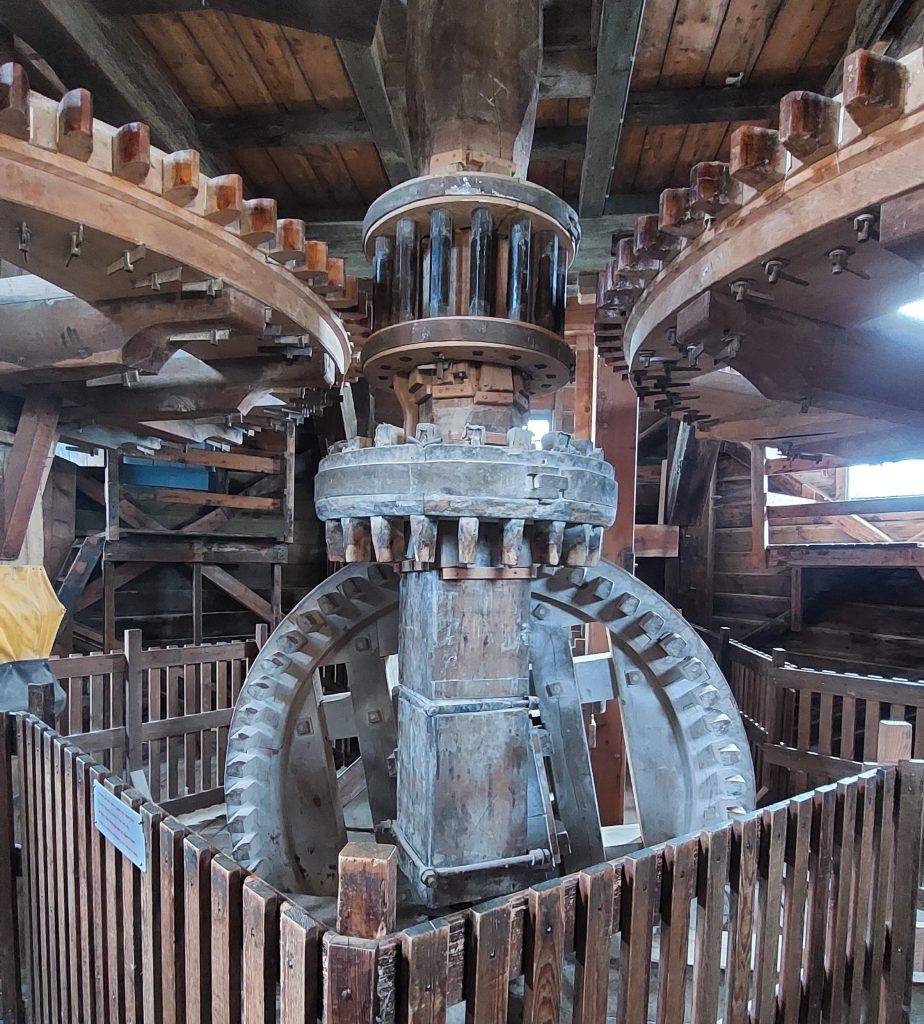
If Holland has one enduring symbol, it is the windmill. To me, they are more than silhouettes against the horizon; they are the reason much of this country exists. For centuries, windmills pumped water out of low-lying land, keeping the soil dry for farming and settlement.
One of the most famous places to see them is Kinderdijk, where 19 windmills line the waterways like steadfast guardians. Walking along the dikes, I love to hear their sails turning slowly, as if they are still breathing with the rhythm of the land. Some of them are open as museums, where you can step inside and see how families once lived within, turning nature’s force into survival.
Another favorite is Zaanse Schans, just outside Amsterdam. Here, windmills still grind grain, press oil, and saw timber. I once stepped into a mill there where wooden gears, centuries old, still turned with precision. The scent of freshly cut wood filled the air, and for a moment, time dissolved; I could almost hear the voices of millers from centuries past.
Windmills are reminders that Holland was built not by conquering nature, but by partnering with it—a beautiful, pragmatic approach I admire.
Straightforward, Yet Warm: The Dutch Spirit
The Dutch have a reputation for being direct. Ask them what they think, and they’ll tell you, no sugar-coating. At first, it can feel bracing, like the wind that whips your face on a bike ride. But beneath that honesty is a warmth that reveals itself in small, unforgettable ways.
In villages across the Netherlands, moments of quiet generosity often unfold. I know if you ask for directions, rather than a hurried reply, a local might simply gesture with a smile, hop on a bicycle, and lead the way along winding paths. Conversation may be limited, yet the kindness is unmistakable; connection found not in words, but in the shared rhythm of two wheels.
That’s the Dutch spirit I’ve come to know and love: practical, unpolished, but always human.
The World of Dutch Cheese
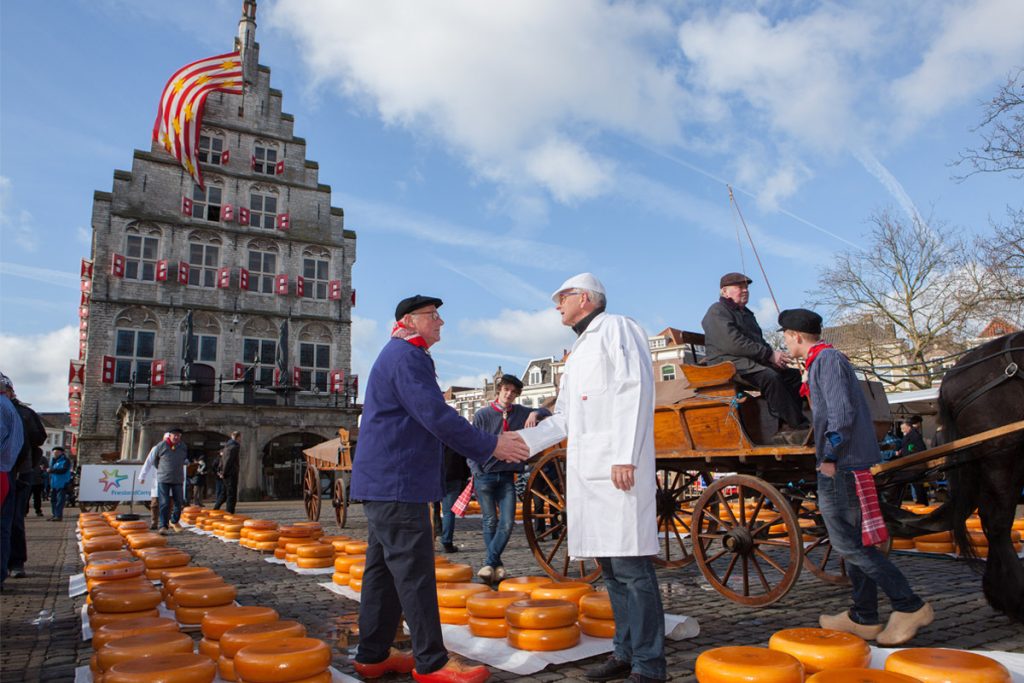
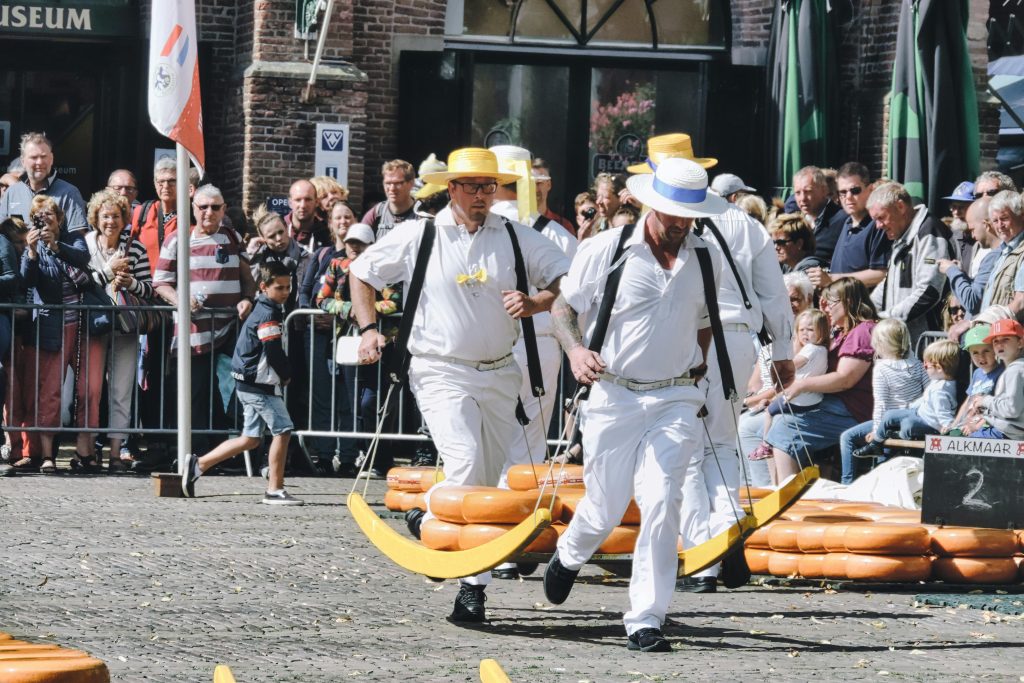
If windmills are Holland’s most iconic image, then cheese is its most beloved flavor. Cheese-making here dates back over 800 years. I always find it incredible that turning surplus milk into wheels of cheese preserved it for trade. Today, the Netherlands remains one of the world’s top cheese producers.
You don’t need to visit a factory to experience it; I find cheese is everywhere. In small towns, local farmers’ markets are filled with stalls offering wedges of Gouda, Edam, or Leyden spiced with cumin. Neighbors taste, chat, and buy just enough for the week, often pairing it with fresh bread or mustard.
Of course, the most famous display is the Gouda Cheese Market. Every summer, the square fills with farmers in white uniforms and straw hats carrying wheels on wooden sledges. Buyers and sellers seal deals with the traditional clap of hands, as they did centuries ago. Standing there, surrounded by stacks of golden wheels, I realize cheese here isn’t just food; it’s heritage, community, and pride.
Museums for Every Mood
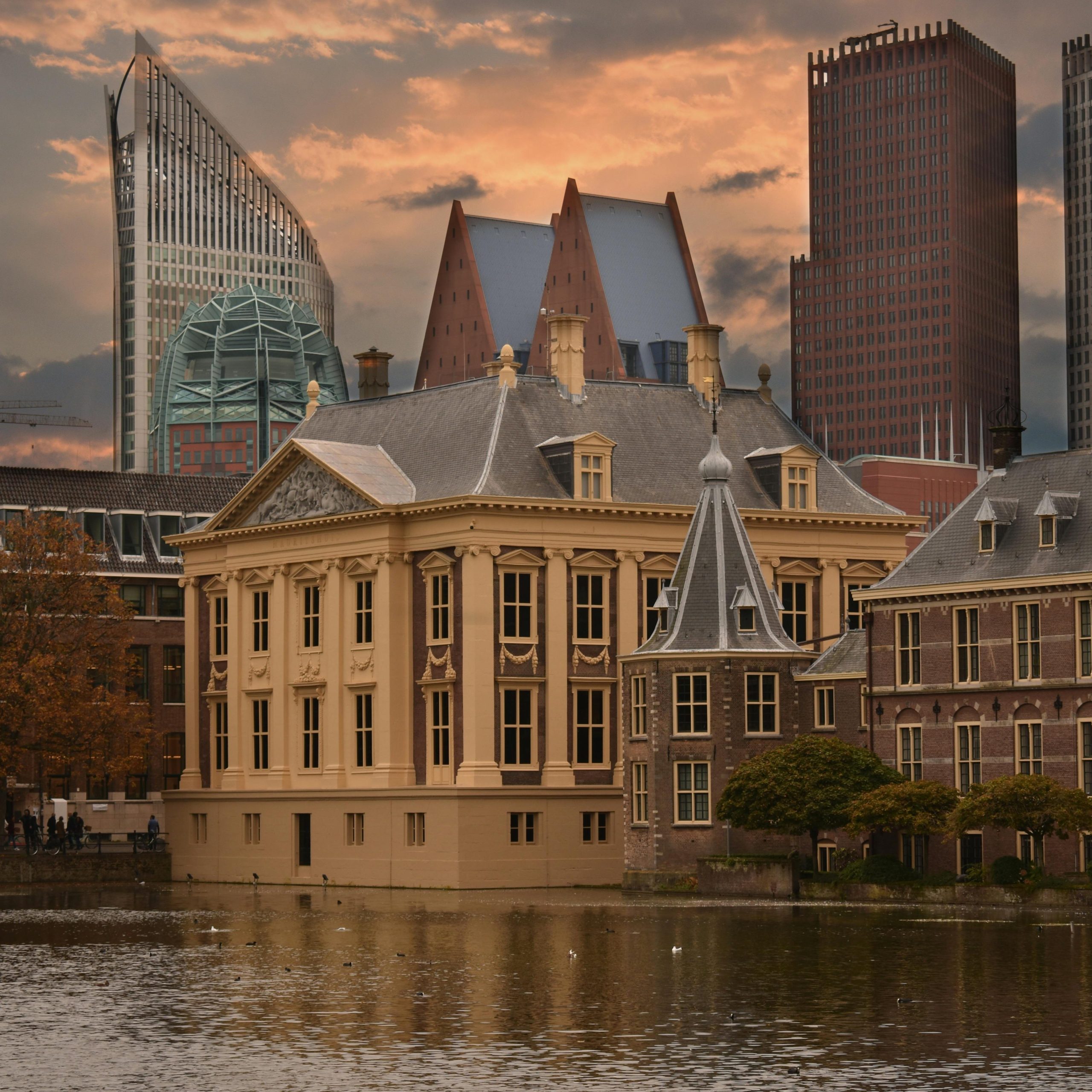

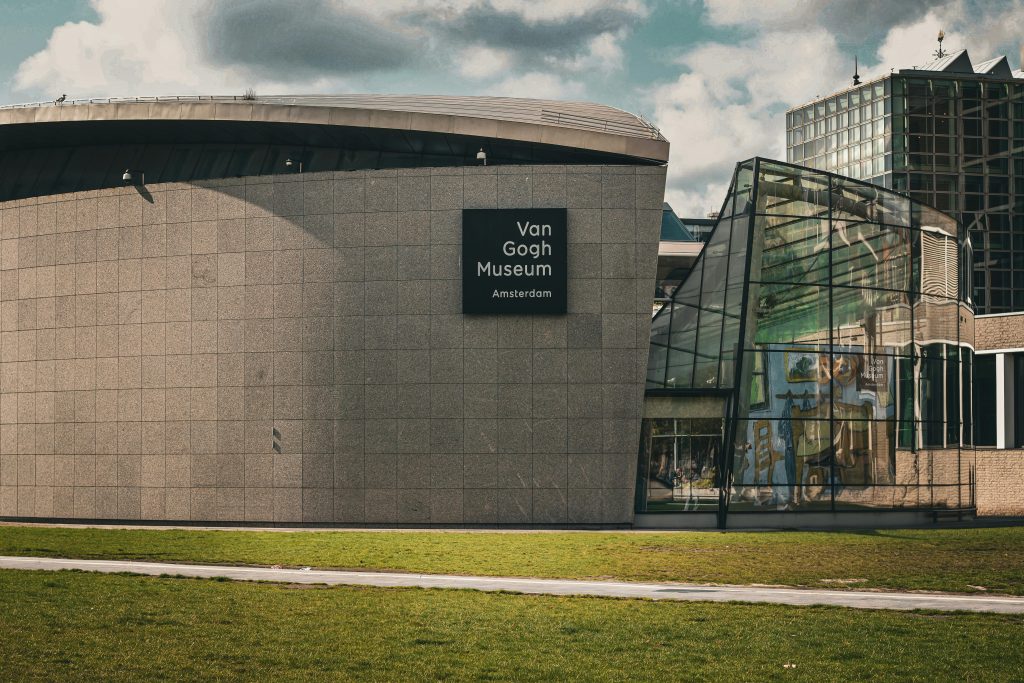
The Dutch hold a deep affection for museums, and it shows in their abundance. From the grand halls of the Rijksmuseum to Vermeer’s luminous Girl with a Pearl Earring at the Mauritshuis, and the raw brilliance of Van Gogh’s canvases, the country’s masterpieces are on full display. Yet the experience goes far beyond the famous collections. Small-town museums reveal quiet treasures, a map museum near Leiden tracing how seas became land and land became sea, or Rotterdam’s World Museum offering a journey across continents in the span of an afternoon.
Culture here isn’t confined to cities; it spills into villages, into unexpected corners, into places where history feels intimate and personal.
The Country in Four Seasons
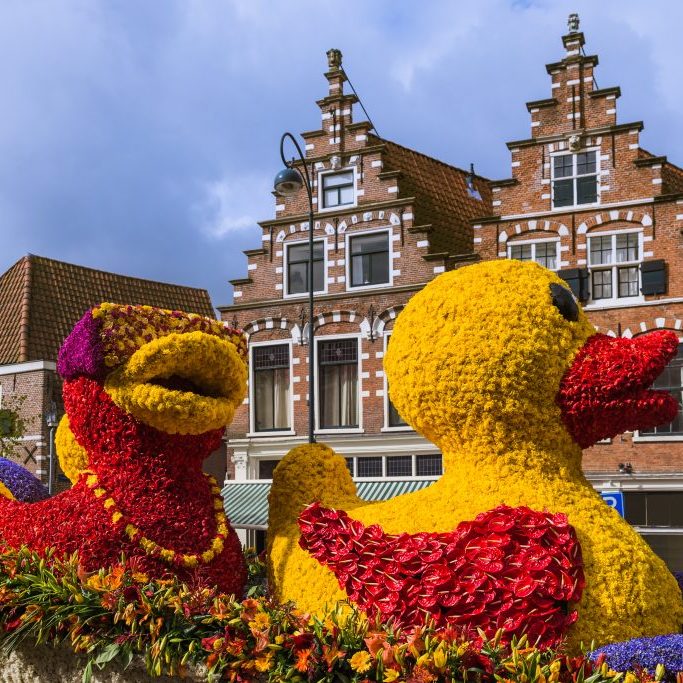
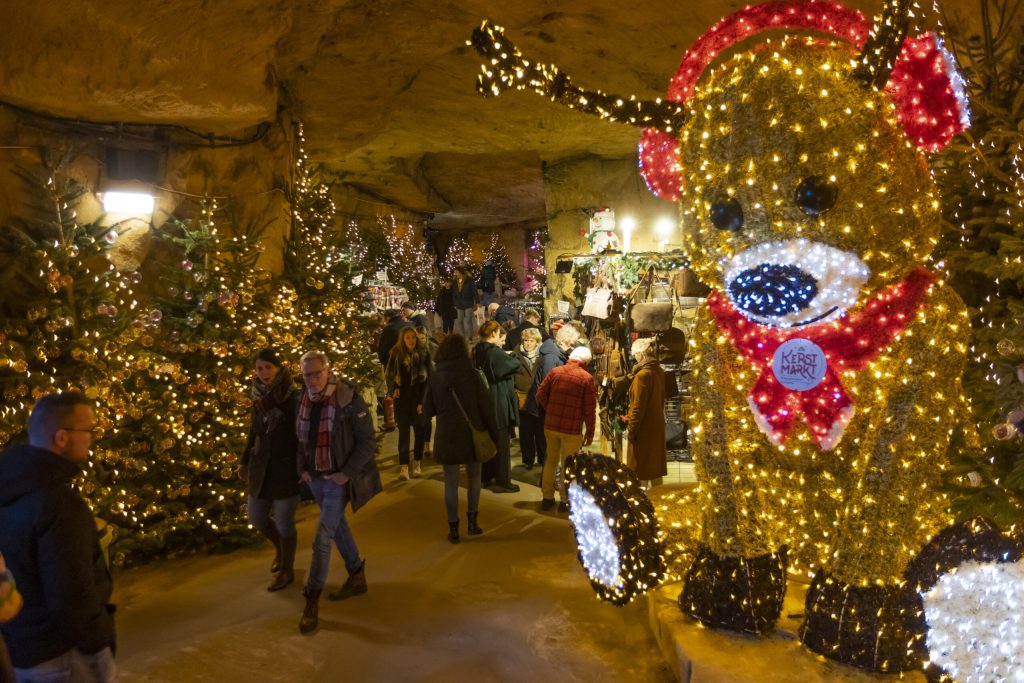
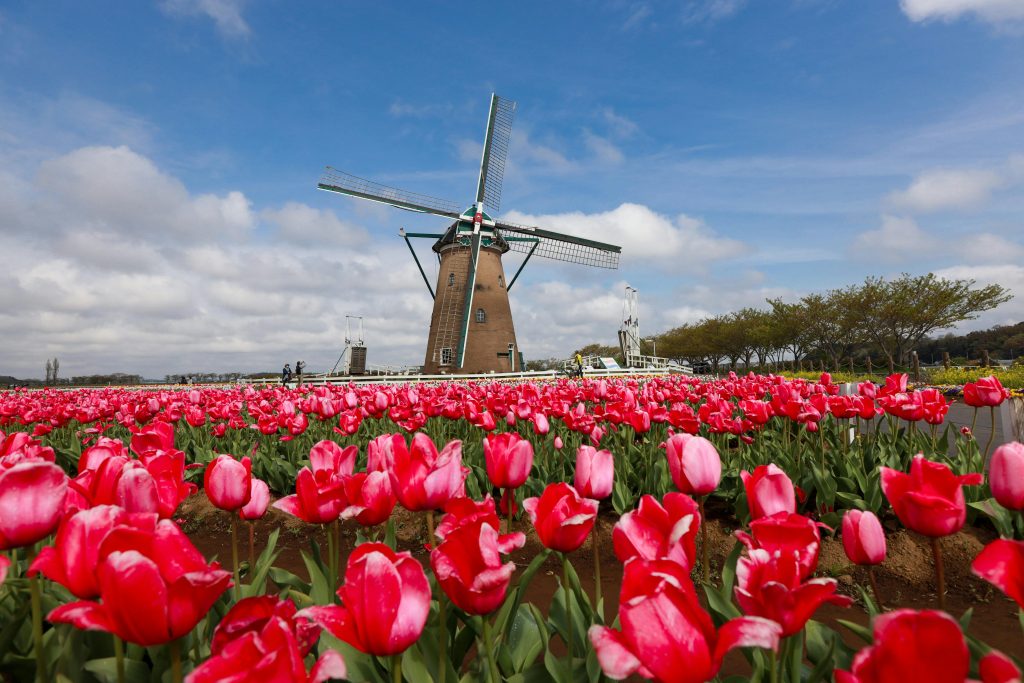
- Spring – Holland explodes in color. I once stood in a tulip field in Lisse, the rows stretching endlessly like stripes of a rainbow painted on earth. The air was sweet with hyacinths, and the fields were alive with buzzing bees. In April, floats covered entirely in blossoms parade through towns during the Bloemencorso, filling the air with perfume.
- Summer – Long evenings are perfect for music festivals, outdoor concerts, or simply drifting along the canals on a boat. One summer in Rotterdam, I spent the day helping volunteers remove invasive knotweed in a forest, and by night I was swept into the rhythm of the North Sea Jazz Festival, dancing under the stars.
- Autumn – The cities soften. Leaves drift into canals, bicycles leave trails of gold, and cafés glow with candlelight. It’s the perfect time for museums or long, quiet afternoons in brown cafés with apple pie and strong coffee.
- Winter – When frost settles, the Dutch lace up their skates. In Friesland, entire villages glide along frozen canals in races that recall centuries of tradition. In the cities, Christmas markets sparkle with lights. I remember Haarlem on a snowy night—choirs singing in Dutch, children twirling on carousels, and the scent of oliebollen (fried dough balls) drifting through the cold air.
Orange Rivers on King’s Day
April 27th is King’s Day, and it transforms the Netherlands into a sea of orange. Streets become flea markets, boats crowd the canals with music, and the air hums with celebration. I once joined the throng in Amsterdam, bargaining for vintage treasures by day and dancing under fireworks by night. It felt like the entire country had decided to be one big family for 24 hours.
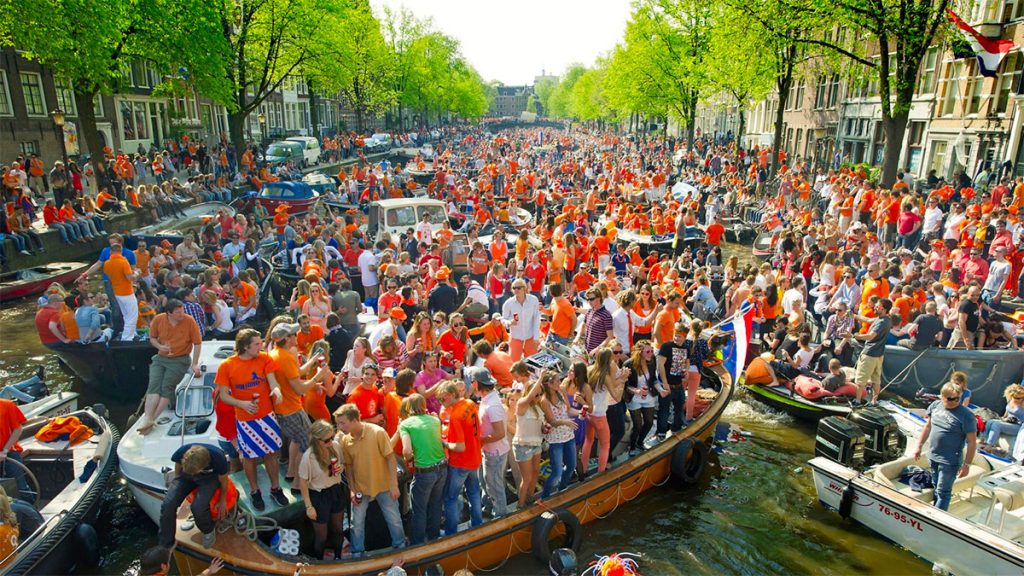
Flavors That Stay With You
Every visit carries flavors I never forget:
- Haring – raw herring, eaten standing up with onions.
- Stamppot – potatoes mashed with vegetables, warming on a winter night.
- Stroopwafel – caramel pressed between thin waffles, melting in your hands.
- Tompoes – delicate pink-glazed pastry, best enjoyed on King’s Day.
- Bitterballen – crispy bites of ragout, dipped in mustard and shared with friends over beer.
Simple, hearty, and unforgettable—just like the country itself.
Bonus Tip: A Whole Country in Miniature
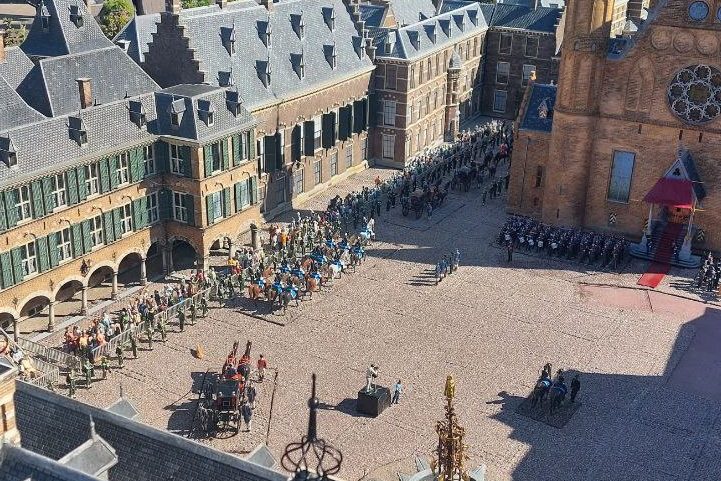
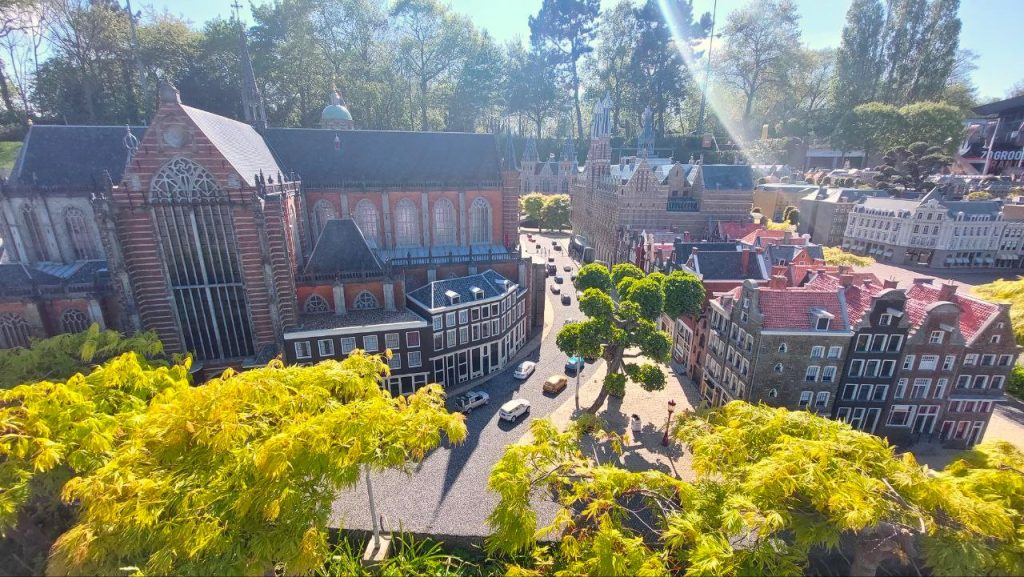
In this Netherlands Travel Guide, I would also like to suggest if you’re short on time but want to see “all of Holland” in one afternoon, visit Madurodam in The Hague. It’s the Netherlands in miniature; tiny canals, tulip fields, windmills, cheese markets, and even Schiphol Airport, all scaled down to a child’s dream. I’ve visited more than once, and every time, I bet I catch new details I missed before.
A Note From The Road✍️
For me, Holland is far more than a place to see; instead, it is a place to feel. Each time I visit, the windmills tell me stories of resilience, the cheese markets embody the traditions I love, the museums whisper the history I’ve come to know, and even the changing seasons transform the same canals into endless new, familiar paintings.
Yet above all, what truly keeps me returning—what makes this my second home—is the warmth: the stranger who patiently guides me on his bicycle, the farmer who generously offers me a slice of his best cheese, or even a friend handing me a hot, fresh stroopwafel on a cold day. Ultimately, that’s the Holland that lives in my heart and keeps calling me back.
So, if you’re looking for more than just sights, for experiences that stay with you—then this is the spirit I want to share in this Netherlands Travel Guide.
If you’d like to dive even deeper into planning your trip, don’t miss our other guides; Holland Cultural Tours: A Deep Dive into Dutch Art, History, and Heritage, and Handpicked Holland Tour Packages for Every Traveler in 2025.
Plan Your Dutch Adventure: Tips & Tours
Some of these links may be affiliate links, which means I may earn a small commission at no extra cost to you. Thank you for supporting my work!
- When to See the Tulips?
The tulip season is short but spectacular; late March to mid-May, with the fields at their peak in mid-April. The Keukenhof Gardens in Lisse is the classic choice, but wandering the countryside around Haarlem or Noordoostpolder will bring you face-to-face with endless fields in bloom.
More info about tulip fields in Keukenhof botanical garden: https://keukenhof.nl/nl/ - Cheese Markets
The famous Gouda Cheese Market runs every Thursday morning from April to August, complete with traditional costumes and handclap deals. But don’t miss smaller local farmers’ markets, almost every Dutch town has one weekly, where you can sample regional cheeses alongside bread, vegetables, and flowers. Book your Gouda cheese experience here. - Canal Cruises
Amsterdam offers both day and night cruises. Daylight lets you admire the 17th-century gabled houses, while evenings turn the canals into a glowing stage of reflections. For a quieter experience, try canal tours in Utrecht or Leiden, where the waterways are lined with cafés and historic wharves. Book your cruises here. - Windmills
The two best spots are Kinderdijk (a UNESCO World Heritage site with 19 windmills) and Zaanse Schans (a working open-air museum near Amsterdam). Both are easily reached by public transport or bike, and many mills open their doors to visitors.
- Christmas Magic
From late November to December, towns across the Netherlands host Christmas markets. Haarlem, Maastricht, and Valkenburg (with its caves turned into festive halls) are among the most atmospheric. - City Cards
City cards bundle free or discounted entry to museums and attractions with unlimited public transport—like the I amsterdam City Card (get your card here), Rotterdam Welcome Card (get your card here). A simple way to save money and explore with ease. - Museumkaart
If you plan to visit several museums, the Museumkaart is worth it. It gives access to over 400 museums across the country—from giants like the Rijksmuseum and Van Gogh Museum to charming small-town collections. Get your museumkaart here. - Getting Around
The Netherlands is made for easy travel. Trains connect all major cities within an hour, and bikes are available everywhere. In Rotterdam, try the waterbus for skyline views. Renting a bicycle in any town is the best way to see Holland like a local. In Amsterdam, nothing compares to drifting along the canals at night, watching the reflections shimmer on the water.

Deti Lucara
Writer | FounderA writer and traveler from Indonesia, and the founder of thecharmingworld.com — a space born from my love for art, culture, and human connection. I created it for kindred souls who believe that beauty lives in curiosity, wonder, and the stories we share along the way.



Every weekend i used tto payy a visit this website, becfause i
wish for enjoyment, since this this web page conations in fact good
funny data too.
Thank you! It truly makes our day to know that our page is your go-to weekend destination for enjoyment. We will make sure there’s always something engaging and fun waiting for you here. We look forward to having you visit again this weekend! Happy reading! 😊